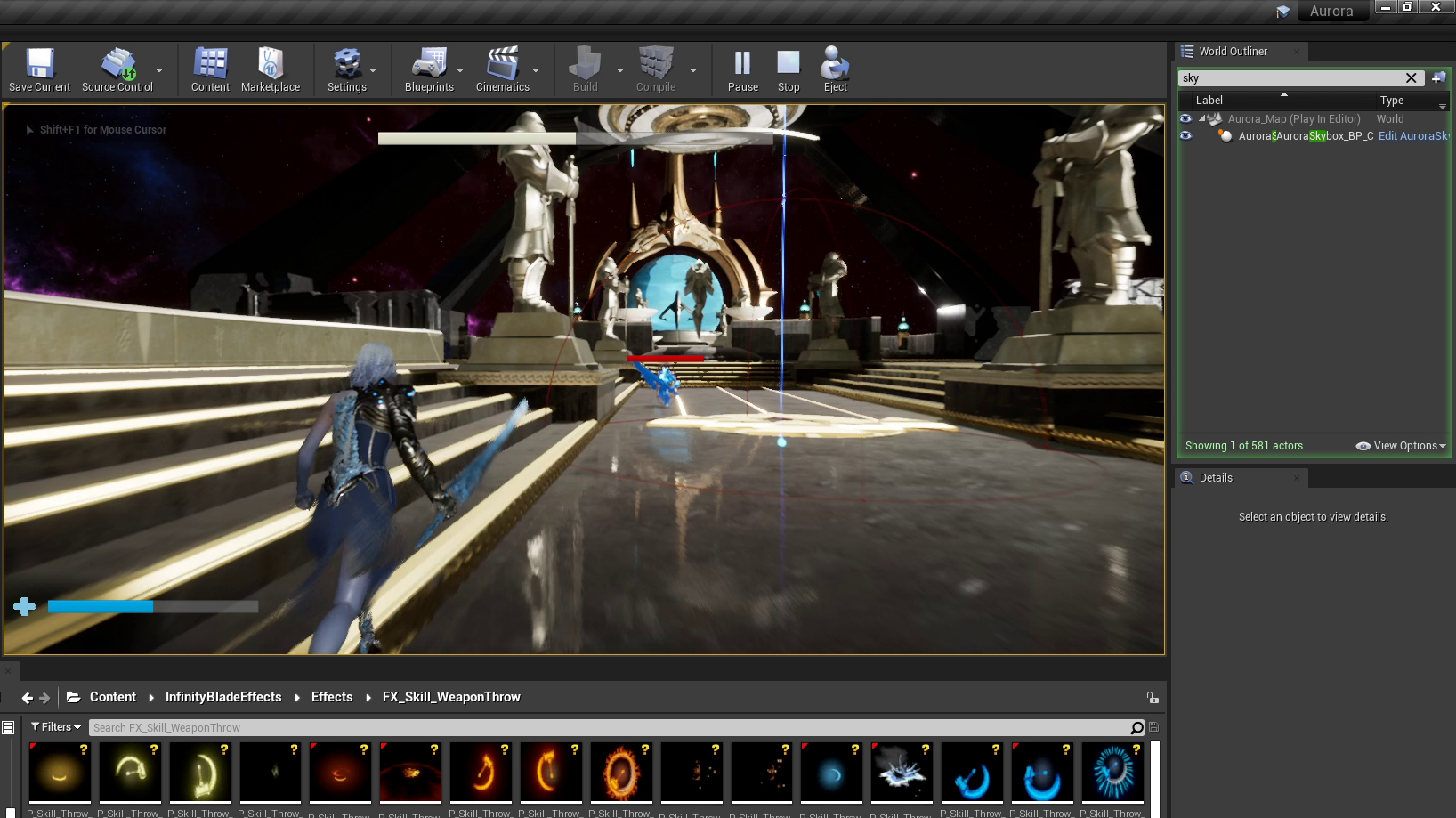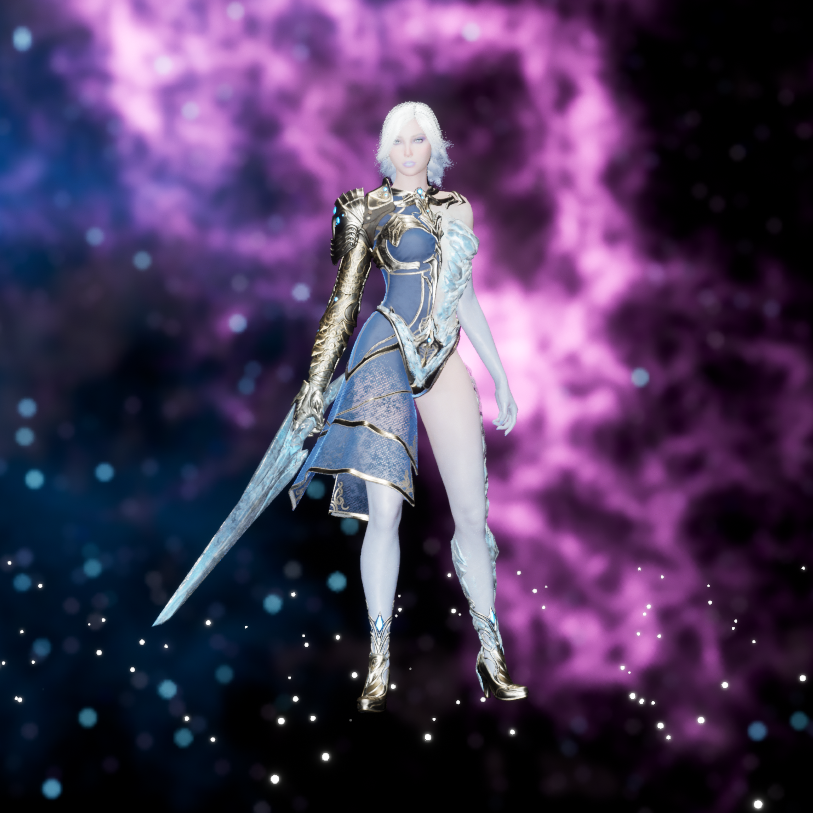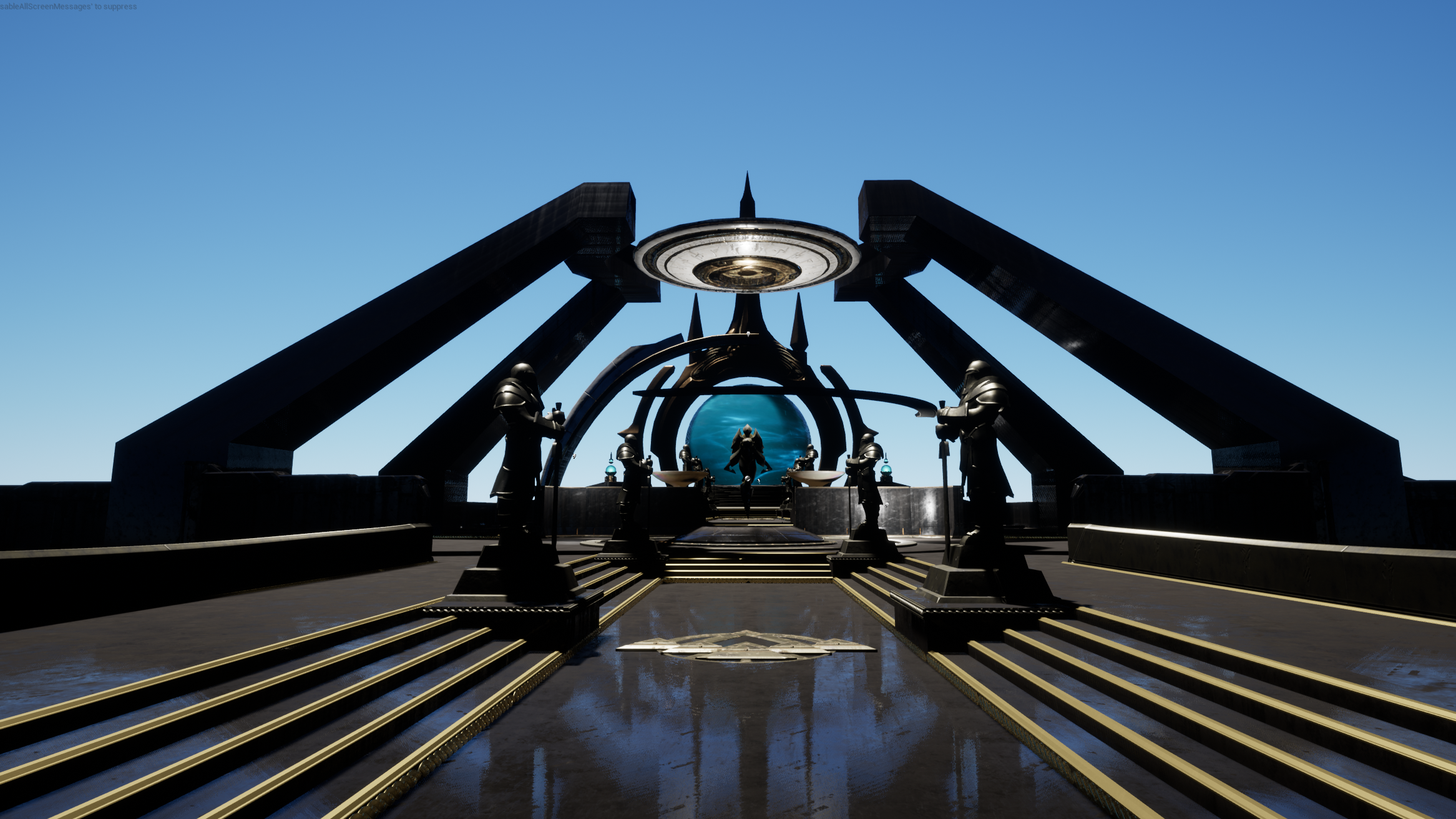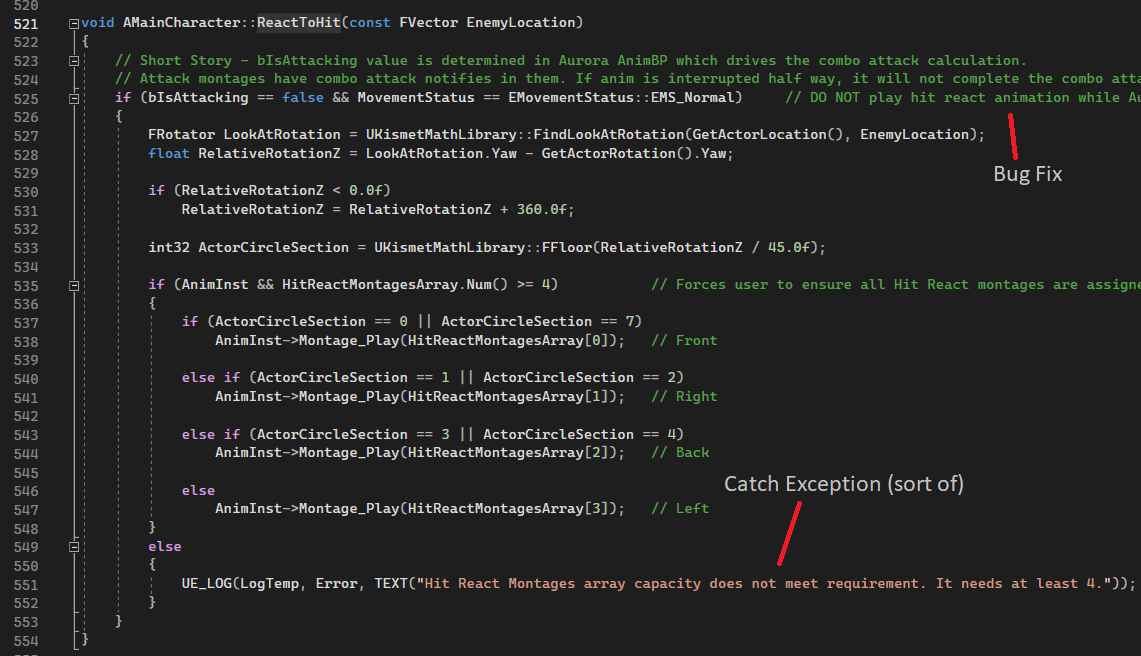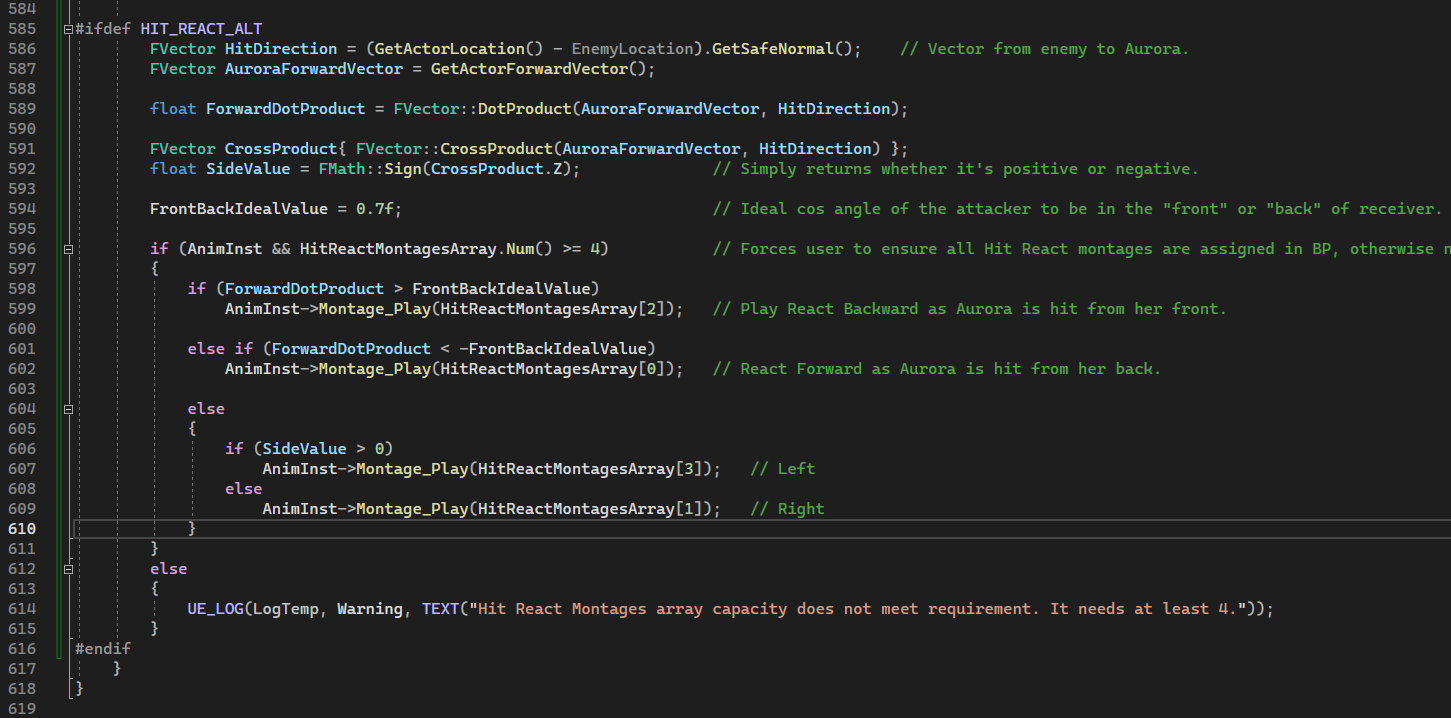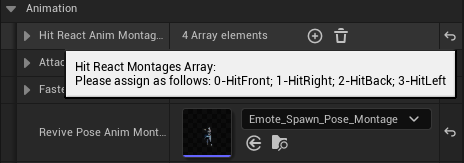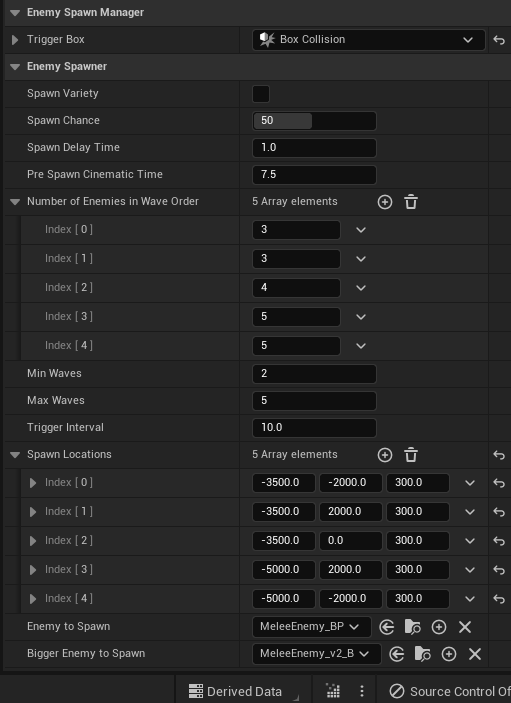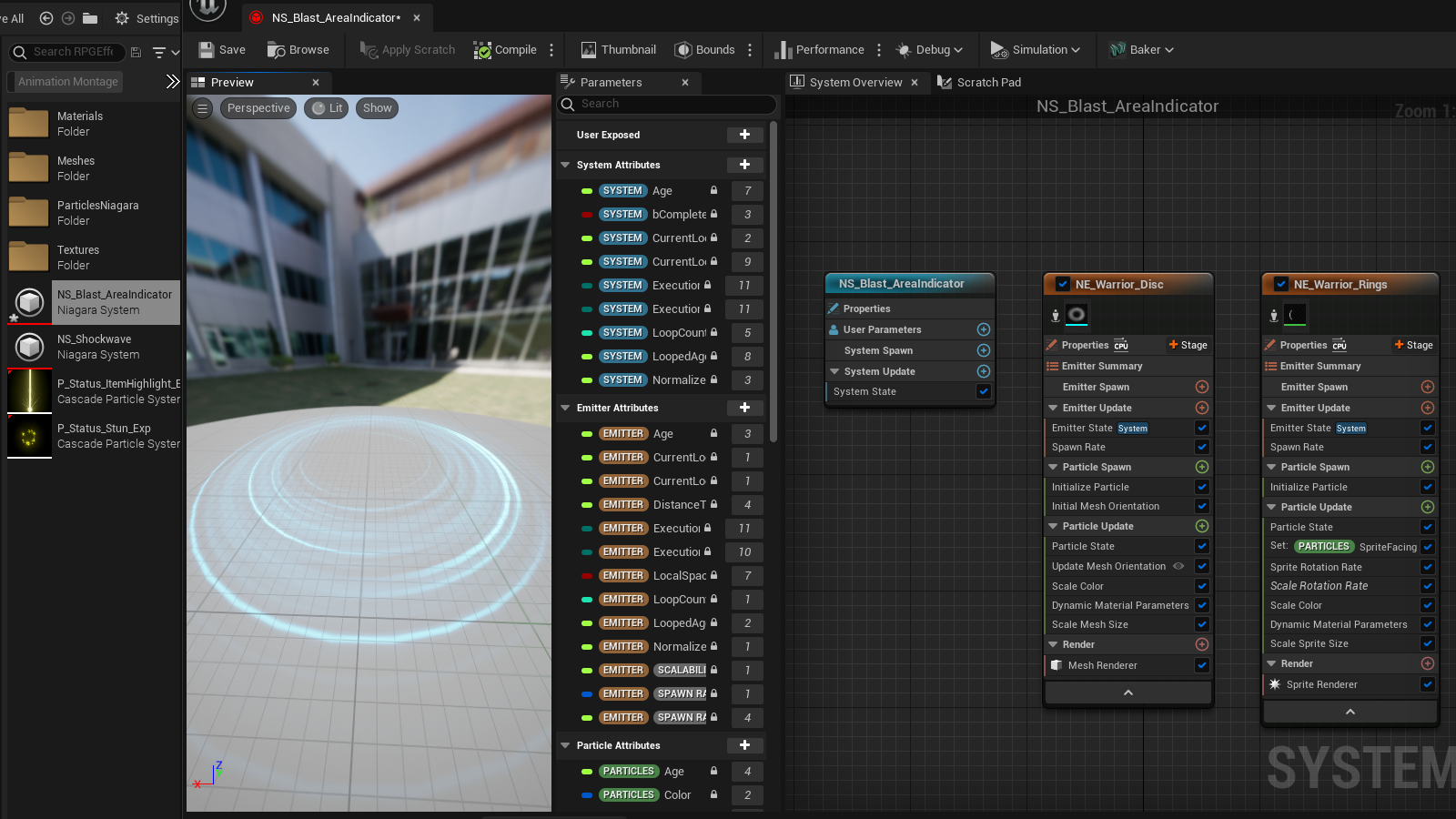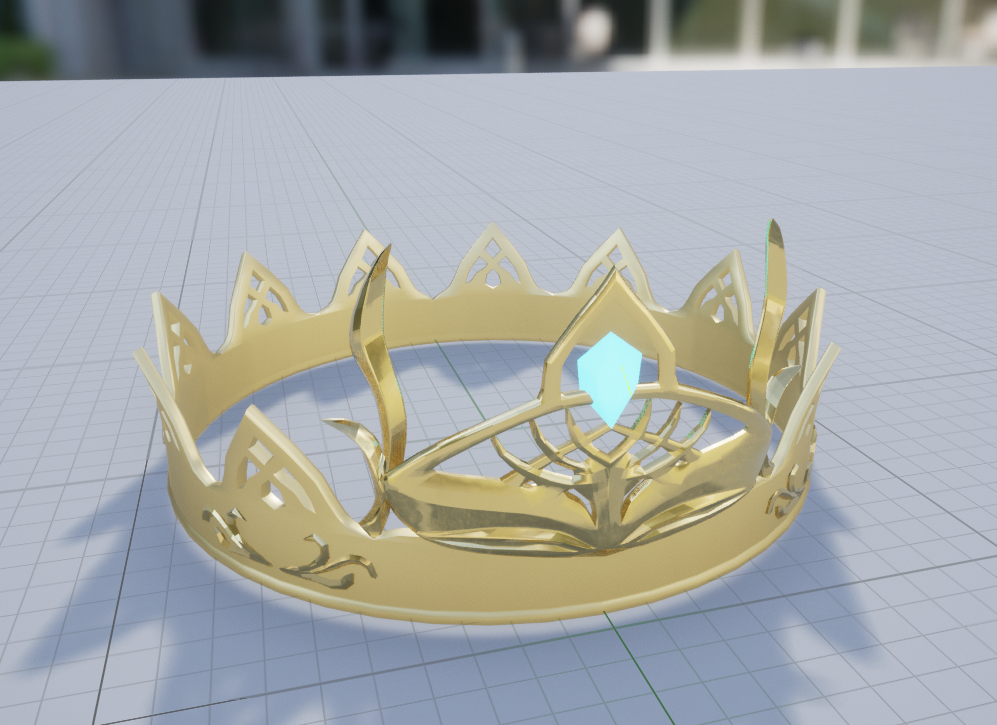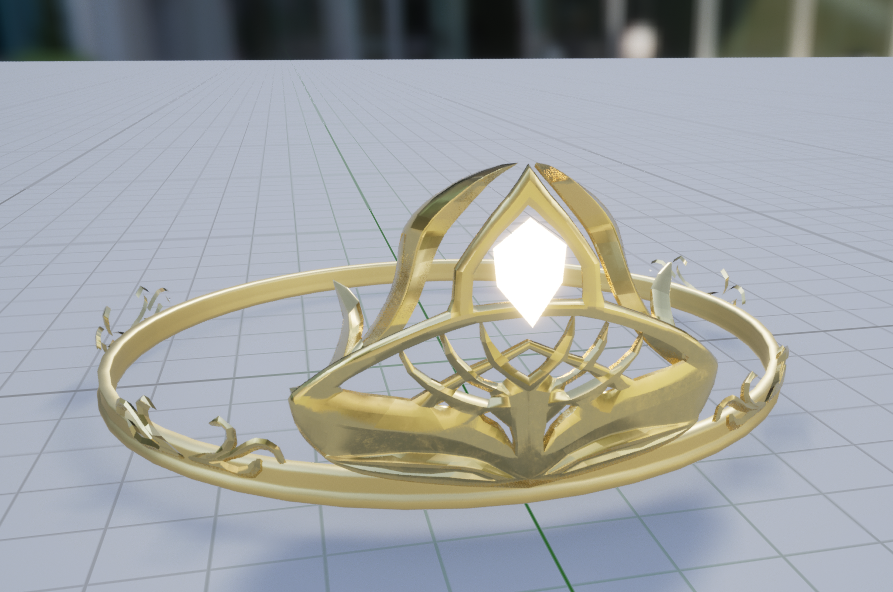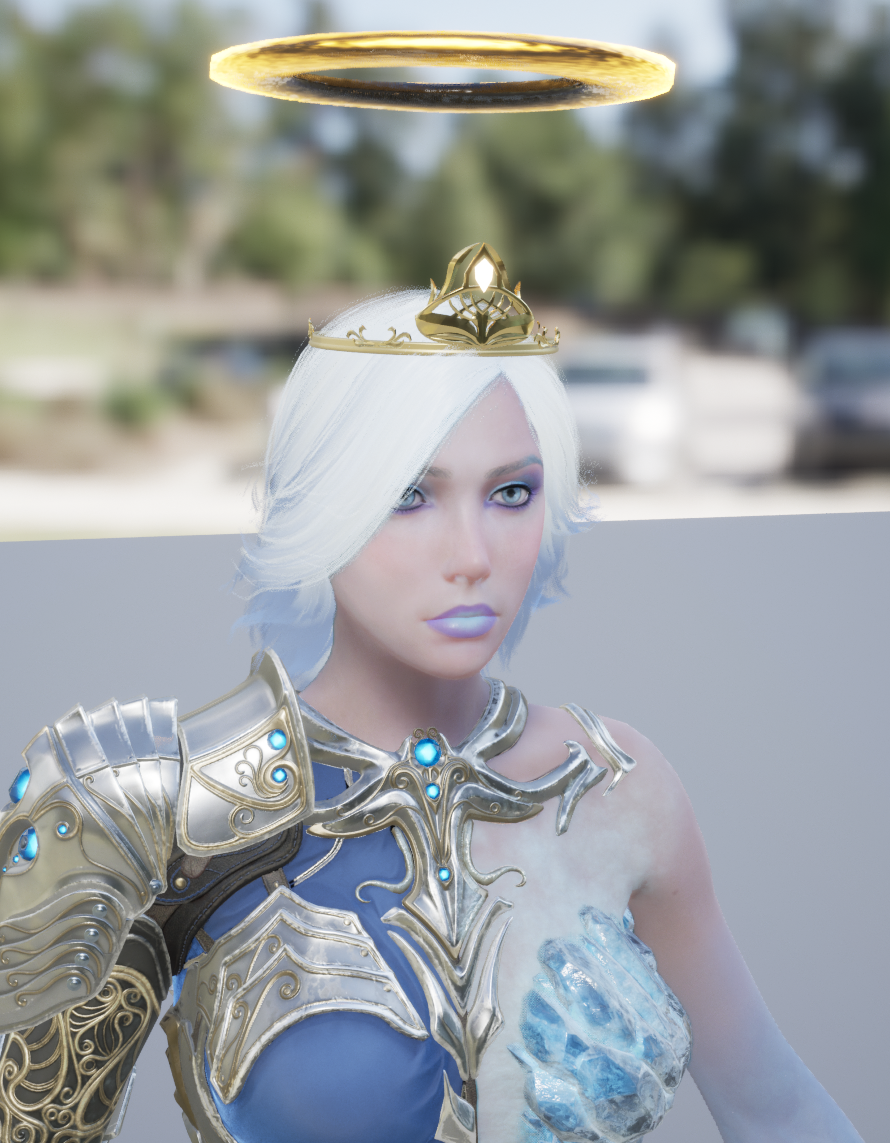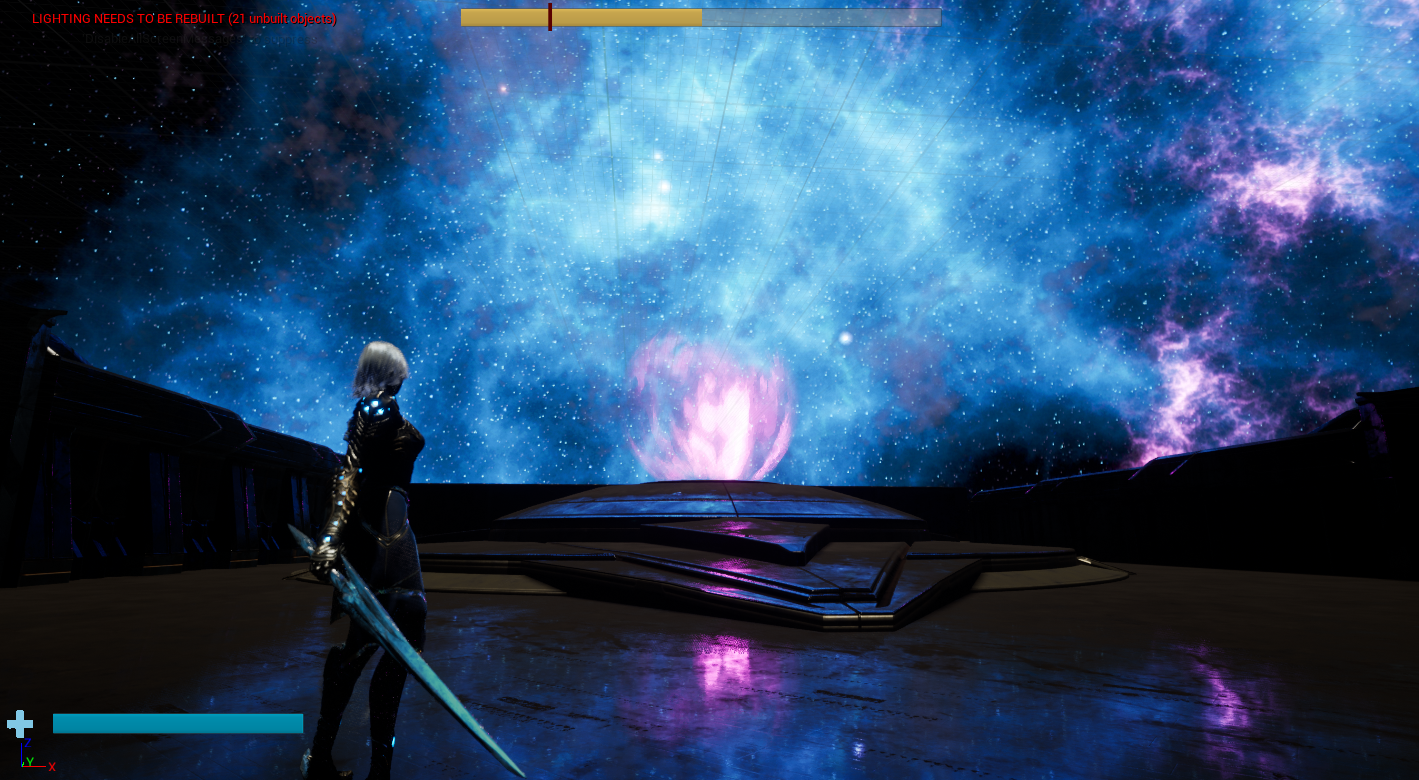Intention
I developed this demo to demo-n-strate my Unreal Engine capabilities. While I have ensured the basic features of a simple 3rd-person melee combat game is to be executed well, I brought on more focus to sequences and animation, as I believed cinematics is my thing and is fun to do.
This project actually started in Unreal Engine 4.6. When I picked it up again in Oct 2022, I successfully converted it to Unreal Engine 5.0.
